Volume of solids in Geometry is a difficult subject for my students. It is easier than surface area, but still requires the use of formulas–something students prefer to avoid.

They do not mind one formula, but various formulas for different solids confuse them.
Start with Basics
Begin the unit by identifying the names of solids and the shapes they are composed of. Using nets is useful so students can see them deconstructed.

Figure above from Online videos and nets explanation
Once student see that solids are created from other shapes, it makes more sense to explore the area of those shapes.
Review Area Formulas
Once students are familiar with names and pictures of solids, a review of area formulas are necessary. I did survey my students and ask if anyone remembered the formula for area of a circle. One tentative hand went up.
Students cannot find the surface area or volume if they cannot find the area of a trapezoid, triangle, circle, rectangle or square. These would be the more common bases of solids.
I used boom cards to review area of triangles and circles and once students had some practice they were successful.

Progress from Easy to Difficult
Normally I begin with the easier concepts and move to the more complicated, however this time I accidently went in the reverse order. I began with prisms–which is the most confusing for students.
Because it is more familiar, I thought it was easier but WRONG. The bases can be different, they are sometimes on their sides and led to a lot of confusion. Cylinders, cones and spheres were the easiest.
Group the like figures together.
It was easiest to put the spheres, cylinders and cones together because they share the same variable–radius. And reviewing the difference between radius and diameter was important because these concepts are not taught or reviewed in Algebra and students have not seen this since middle school.
For review and for those students learning from home, videos were crucial. Khan Academy helped students with video examples and minimal practice. KHAN ACADEMY.
I am also a fan of Desmos. They have several volume activities that can be assigned and students work on. Prisms. Cylinders. Cones. Spheres.
It is helpful to have these type of activities so that students who are more proficient can begin working while struggling students are getting more help.
More Practice Please
More Practice is always the key. Students need practice to master any content and to transfer it into long term memory. It helps to have consistent practice over a long period. Once I reviewed area of 2D figures, students were given additional practice questions every day for over a week so they would remember.
Quia
I like Quia activities. I have been using Quia since those early days of teaching when we had to visit the computer lab to do anything online. You can make quizzes, games and vocabulary review in several types of formats. See the Rags to Riches Game HERE.

One of the best features is that it has shared activities that have been created by other teachers so you can adapt one of those, use as is or make your own. There is an annual fee for its use, but if you are good at googling, you can find and use many of the activities without joining (don’t tell anyone I said this, lol).
Quizizz or Kahoot
No discussion of practice would be complete without a mention of these two platforms. I prefer Quizizz to Kahoot, but kids seem to like Kahoot, not sure why. They both operate in a similar fashion. the questions have 4 possible answers, you can set a timer and display a leaderboard for a class competition.
I like Quizizz because I can just copy questions from other teachers to make an activity. It is easy for students to use and can be used live by projecting the questions or used as “homework” and completed later. Again, great options if students are absent and need to make up work.
Picture Reveal Digital Cards
Since I used the boom cards for practicing area of circles and triangles, I use the picture reveal version to practice solids. Students enjoy seeing the picture at the end.
.
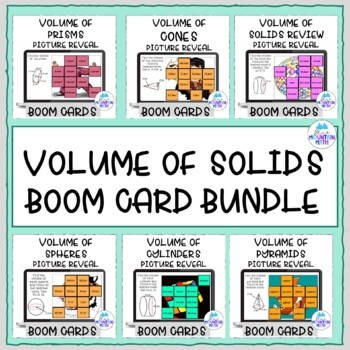
Some teachers have asked me how I keep students from cheating when doing boom cards. Of course, if a student is determined to cheat I cannot prevent it. However, when using online activities I expect students to show their work on a recording sheet and turn in to get their credit
Paper Chain Activity
One of my favorite activities is the paper chain activity. If you are working in a school where students are allowed to work together, this is an ideal partner or trio activity.
Just print the pages and cut apart the strips (I do not allow students to cut up the strips or a 25 minute activity becomes a 3 day activity). Yes, it requires a bit of prep but that is easily done in 30 minutes. Pass out the stack of strips to pairs and I always demonstrate. You do the problem on the “start” strip and then look for the answer. Once you find it, that is your next problem.
Just print the pages and cut apart the strips (I do not allow students to cut up the strips or a 25 minute activity becomes a 3 day activity). Yes, it requires a bit of prep but that is easily done in 30 minutes.
Pass out the stack of strips to pairs and I always demonstrate. You do the problem on the “start” strip and then look for the answer. Once you find it, that is your next problem.
Scavenger Hunts
That same type of ‘solve the first problem and look for the answer’ is used by the scavenger hunt.
I prefer the paper scavenger hunts, but when you need an option for absent students or using as a sub plan, the digital option works great. The digital version also works well when students have completed the paper version in class with their group and may need additional practice.
The problems are the same on both versions, but I find a few days or week later students do not remember the problems or answers.
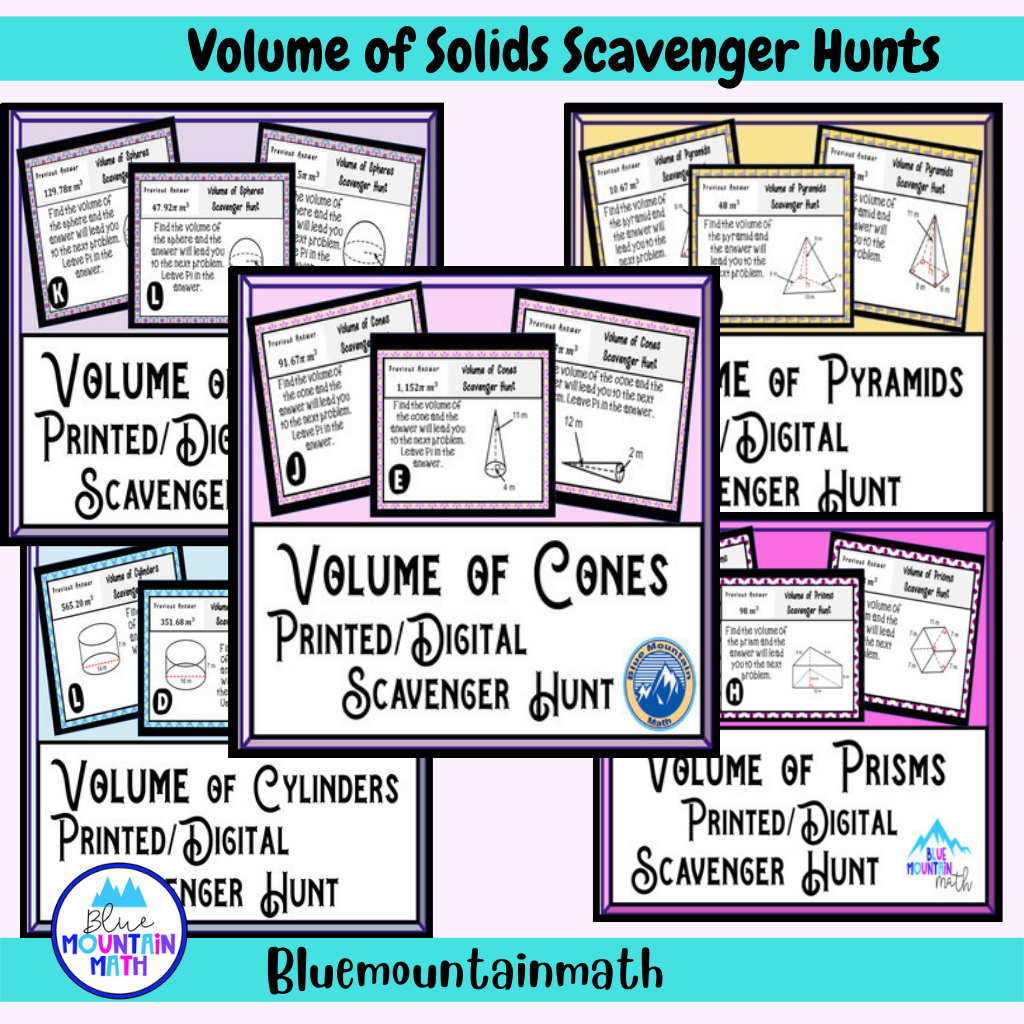
Print the pages and post around the room. Students can begin anywhere, work the problem in front of them and then search for the answer on another page. That will be the next problem to solve.
Surface area and volume are tricky to teach and tricky for the students. There are so many formulas that students get confused. While I did a lot of notes, I noticed that they spent more time searching through their notes to find the right formula rather than solving problems. This led me to create a formula recap sheet for students to use. If you want a copy of it, click the link below:
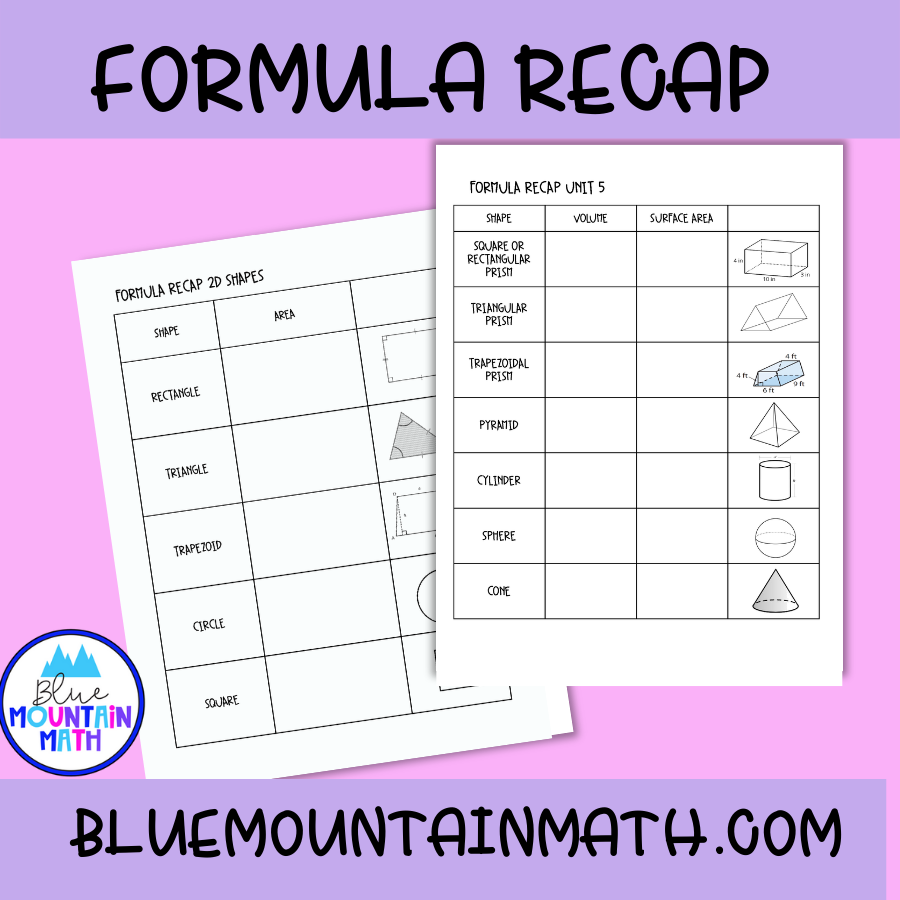
This is the most difficult unit for students this semester but with the different types of practice they are doing well. I really do believe that practice–consistent, daily and targeted practice is the key for our struggling students to be successful.
I would love to know how your students are doing with volume. Comment below or email me at [email protected]. Until next week.
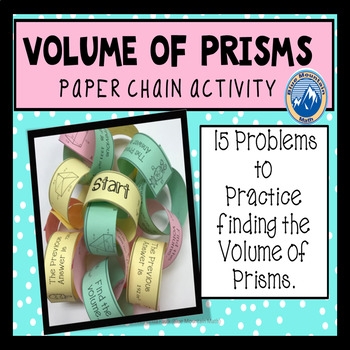
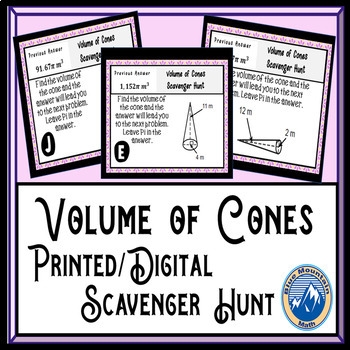










Leave a Reply